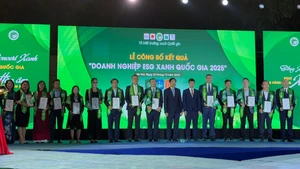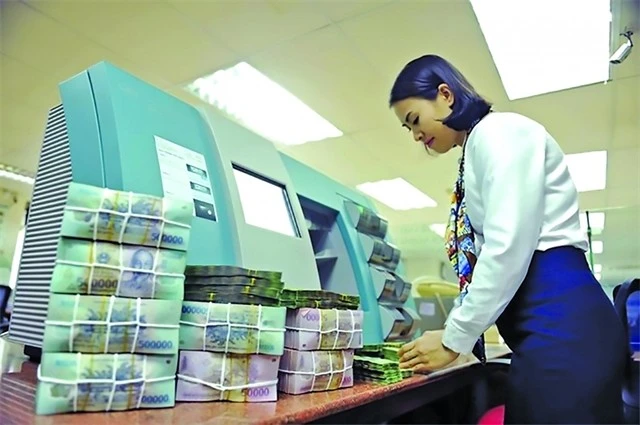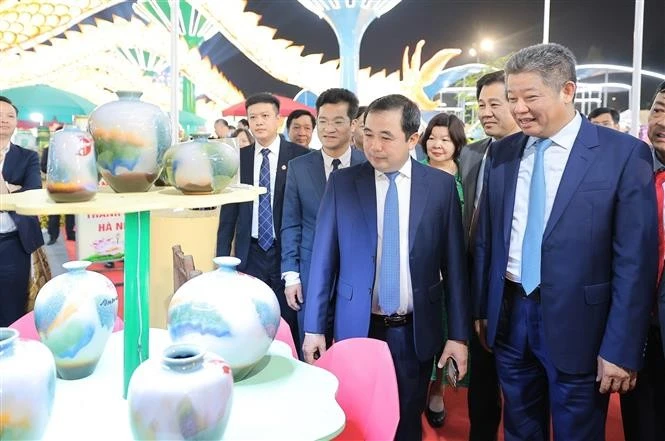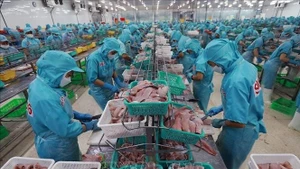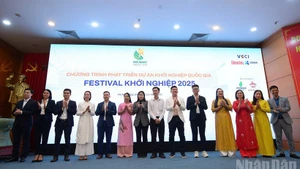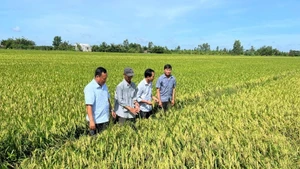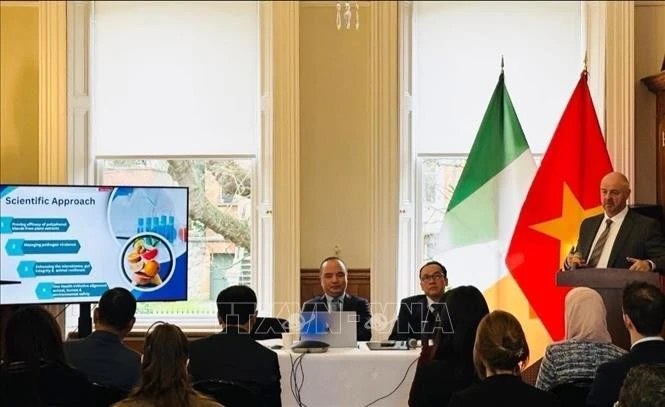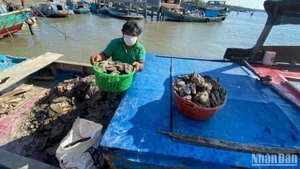Speaking at the Viet Nam–China (Guangxi) Trade, Investment Promotion, and Business Connection Conference in Ha Noi on November 26, Minister of Industry and Trade Nguyen Hong Dien highlighted that economic and trade cooperation remains a key pillar and a major driving force during the current “golden period.”
The MoIT has consistently prioritised close coordination with local Chinese authorities to support enterprises from both countries in pursuing practical investment and business opportunities, thereby bolstering bilateral economic and trade growth.
Guangxi plays a strategic role in Viet Nam–China economic relations. Trade with Guangxi accounts for a significant share of Viet Nam-China trade. For 25 consecutive years, Viet Nam has been Guangxi’s largest trading partner, while Guangxi remains one of China’s top provinces in trade volume with Viet Nam.
High-quality Vietnamese export products have become familiar to consumers in Guangxi and are widely distributed domestically, helping establish the Vietnamese brand in China. The province also possesses comprehensive infrastructure for road, rail, river, sea, air, and electricity connectivity, facilitating economic, trade, and industrial exchanges.
Since the signing of a 2019 Memorandum of Understanding on economic and trade cooperation, the MoIT and Guangxi authorities have worked closely to ensure safe and efficient supply chains, even during the challenges posed by the COVID-19 pandemic. Regular trade and investment promotion activities continue to create practical opportunities for enterprises of both sides.
Dien noted that the conference, attended by representatives of associations and over 200 Vietnamese and Chinese enterprises across various sectors, will help strengthen connections, expand markets, and explore new cooperation potential.
On discussions with Guangxi authorities held on the same day, Dien said both sides agreed on measures to promote bilateral economic and trade cooperation. Their success, however, will depend on the initiative, proactivity, and creativity of enterprises from both countries.
The Vietnamese Government and MoIT reaffirmed their commitment to accelerating administrative reforms, ensuring a transparent, equitable business environment, and protecting the rights of foreign investors, particularly those from Guangxi. Border provinces such as Lang Son, Cao Bang, Quang Ninh, and Ha Giang have prepared modern industrial zones and attractive incentives to welcome new investment from Guangxi.
The Government and MoIT pledged continued support for enterprises from both sides to maximise cooperation potential, contributing to the development of a Viet Nam–China Community with a shared future that carries strategic significance.
Wei Tao, Chairman of the Guangxi Zhuang Autonomous Region People's Government, highlighted that the conference coincides with the signing of the ASEAN-China Free Trade Area (ACFTA) 3.0 Agreement, offering major opportunities for the Viet Nam–China border region. Guangxi will continue to act as a gateway, further advancing China–Viet Nam strategic cooperation.
Statistics showed that in the first 10 months of 2025, total trade between Guangxi and Viet Nam reached 25.52 billion RMB (36 billion USD), up 8.4% year-on-year. Guangxi has also opened 34 container transport routes with Vietnamese ports, boosting cross-border logistics and trade.
Highlighting Guangxi as a “southern gateway,” Wei said the region is entering its strongest development phase, connecting China’s 1.4 billion consumers with nearly 700 million in ASEAN, and serving as a hub for strategic economic corridors. Guangxi will continue investing in infrastructure, promoting high-tech collaboration, green trade, and digital economy initiatives with Viet Nam, China’s close neighbour and comprehensive strategic partner.
To strengthen practical economic cooperation, he called for modern cross-border infrastructure, including the Baise–Ha Noi expressway, considered a regional cooperation landmark. Both sides are encouraged to develop smart border gates, logistics centres, and single-window cross-border transport systems to facilitate deeper market access for Vietnamese goods.
High-tech collaboration, particularly in AI, digital economy, e-commerce, and smart logistics, will support the creation of a “Viet Nam–China digital corridor” and new value chains aligned with global digital trends. Both countries should also develop strategic industries such as electronics, new energy, textiles, electric vehicles, and clean food, fostering modern, green, and sustainable production and supply chains.
Within the programme framework, leaders of the MoIT and Guangxi government witnessed the signing of memoranda of understanding in trade, investment, and industry, and visited Guangxi’s AI technology and smart electric vehicle exhibition, exemplifying innovation, green development, and sustainable bilateral cooperation.

